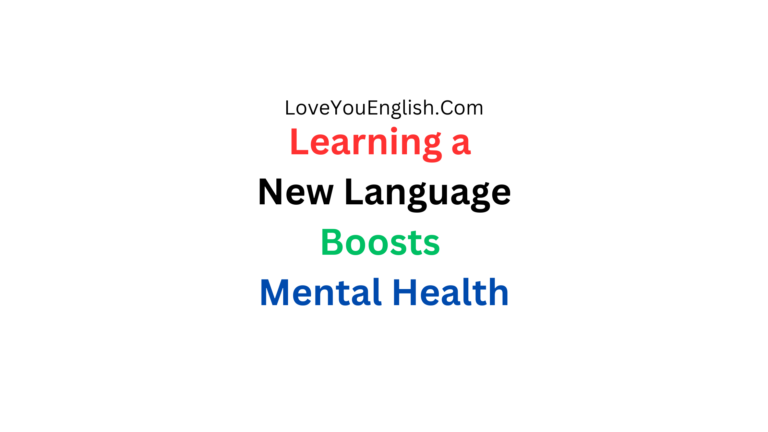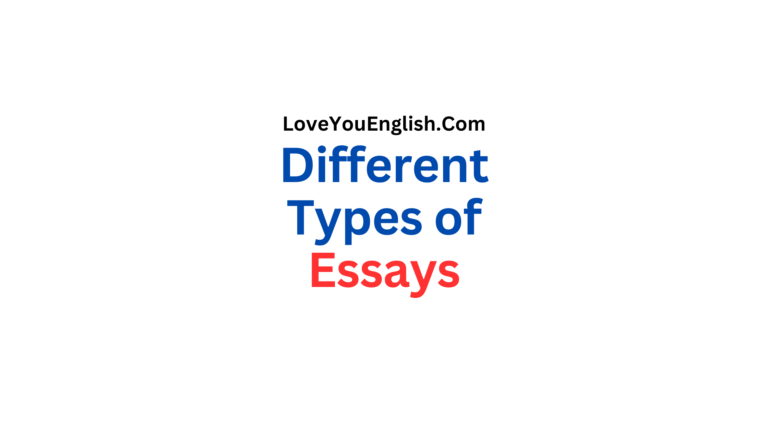Fascinating Links Between Music and Language
Sharing is caring!
Music and language are two of the most powerful ways humans communicate. Both can move us, bring us together, and express emotions we struggle to put into words. But did you know music and language are deeply connected in ways that might surprise you?
We will explore the fascinating links between these two forms of human expression. From how music can help us learn languages to how both shape our brains, we’ll dive into this incredible relationship.
1. Music and Language Share Similar Structures
At first glance, music and language seem very different. Music is about melody, rhythm, and harmony, while language focuses on words and grammar. But underneath, they have a lot in common. Both music and language rely on patterns and structures.
For example:
- Rhythm: Both music and language have rhythm. In music, this is the beat. In language, it’s the natural flow of speech, known as prosody. Listen to someone speaking, and you’ll notice how their voice rises and falls, like a melody.
- Pitch: Music has high and low notes, and language uses pitch too. Think about how you raise your voice to ask a question or lower it to make a statement.
- Phrasing: Just like musical phrases create a song, sentences build a story in language. Both use pauses and emphasis to create meaning.
These shared structures explain why people with musical training often find it easier to pick up the sounds and rhythms of a new language.
2. Music Makes Learning Languages Easier
Have you ever tried learning a new language? It can be tough, especially when it comes to pronunciation and remembering new words. Music can help with that! Singing songs in a new language is a fun and effective way to learn. Here’s why:
a) Music Improves Memory
Songs are easier to remember than spoken words because they stick in your mind. Think about how you can recall lyrics from your favorite songs even after years. This “stickiness” helps language learners remember vocabulary and phrases.
b) Music Teaches Pronunciation
Singing in another language helps you mimic the sounds more naturally. When you sing, you practice the tones, pitches, and rhythms of the language, making it easier to sound like a native speaker.
c) Music Creates Emotional Connections
Songs often tell stories or express emotions. When you connect with the meaning of a song, it becomes more personal, and you’re more likely to remember the words.
A popular example of this is the “Mozart Effect.” While the idea that listening to Mozart makes you smarter has been debated, there’s no doubt that music can create a positive learning environment.
3. The Brain Processes Music and Language in Similar Ways
Our brains are incredible, and they process music and language in surprisingly similar ways. Both involve multiple areas of the brain working together.
a) The Left Hemisphere
The left side of the brain is responsible for processing the structure of language, like grammar and syntax. Interestingly, it also helps us recognize patterns in music, such as rhythm and beats.
b) The Right Hemisphere
The right side of the brain deals with emotions, creativity, and understanding context. It helps us enjoy the melody of music and the emotional tone of spoken words.
c) Brain Plasticity
Studies have shown that learning music can physically change the brain. For example:
- Musicians often have more developed auditory and motor areas.
- Learning music strengthens the brain’s ability to process sound, which can also improve language skills.
In fact, musicians are often better at recognizing subtle differences in speech sounds, which can help them learn new languages faster.
4. Music Helps Preserve Language Skills in the Brain
As we age, some of our language skills may decline. But music can help keep the brain sharp. Research has shown that older adults who engage with music, whether by playing an instrument or singing, maintain better language and memory skills.
Even in cases of diseases like Alzheimer’s, music can bring back forgotten words and memories. Have you ever seen videos of someone with dementia suddenly singing along to a song from their youth? It’s a powerful reminder of how deeply music is tied to memory and language.
5. Music and Language Reflect Culture
Language and music are shaped by the cultures they come from, and they often influence each other. For example:
- Traditional Folk Songs: Many folk songs tell stories about the history, values, and beliefs of a culture. Singing these songs can teach people about the language and culture at the same time.
- Regional Accents in Music: Just as people have accents when they speak, musicians bring their accents into their singing. This gives music a unique flavor that reflects its origins.
- Borrowed Words: Many languages borrow words from music. For example, the word “piano” comes from the Italian term pianoforte, and “karaoke” comes from Japanese.
Music and language both evolve over time, shaped by human creativity and interaction.
6. Musical Training Can Benefit Language Disorders
For people with language disorders, music can be a lifeline. Therapies that use music, such as singing or rhythmic exercises, have been shown to help with:
- Stuttering: Singing often reduces stuttering because it involves a different part of the brain than regular speech.
- Aphasia: This is a condition where people lose the ability to speak due to brain injury. Music therapy can help them relearn words and sounds.
- Dyslexia: Some studies suggest that musical training can improve the auditory skills of children with dyslexia, making it easier for them to process language.
7. Music and Language Can Evoke Strong Emotions
Both music and language have the power to make us feel deeply. Think about a time when you listened to a sad song and felt tears well up, or when someone’s kind words brightened your day. Why does this happen?
a) Emotional Triggers
Music and language both trigger the release of dopamine, the “feel-good” chemical in the brain. This makes them incredibly rewarding and pleasurable experiences.
b) Storytelling
Both music and language use storytelling to connect with people. A beautiful song or a well-told story can inspire, comfort, or motivate us.
c) Universality
While languages differ across the world, music is universal. A song can make people cry or dance, even if they don’t understand the lyrics. Similarly, the tone of someone’s voice can convey happiness or anger, regardless of the words they use.
8. The Future of Music and Language
The relationship between music and language continues to inspire researchers. Some exciting developments include:
- Language Learning Apps with Music: Apps like Duolingo and LingQ are incorporating music to make language learning more engaging.
- AI and Music Composition: Artificial intelligence is being used to study how music and language overlap, leading to new insights and technologies.
- Cross-Cultural Research: Scientists are exploring how music can bridge cultural and linguistic gaps, bringing people together in a more connected world.
Conclusion
Music and language are deeply intertwined, sharing structures, emotional power, and even brain processes. Whether you’re learning a new language through songs, using music to heal, or simply enjoying the beauty of a melody, the connections between music and language are undeniable.
So the next time you listen to your favorite song or have a heartfelt conversation, remember how these two forms of expression work together to enrich your life. Music and language are more than just tools for communication—they’re windows into the human soul.
Read more:
- Conversation in English About Wildlife Safaris
- Spoken English Conversation at A Market
- Spoken English Conversations at A Doctor’s Clinic
- Spoken English Conversations at A Music Concert
- Spoken English Conversations at A Wedding
- Conversation in English About Planning a Birthday Party
- Conversation in English About Indian Cinema and Bollywood
- Conversations in English About Clothing and Fashion
Sharing is caring!







